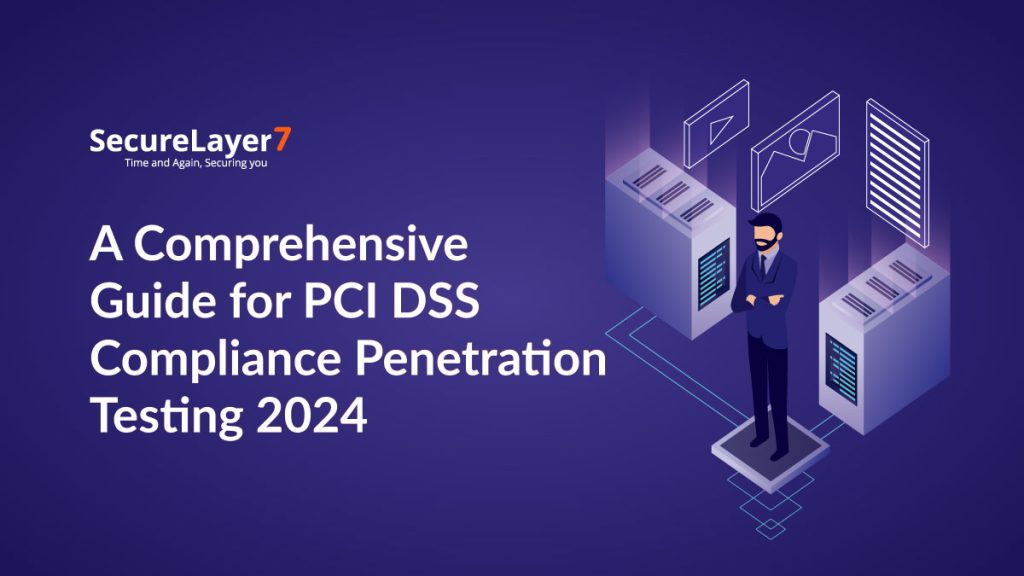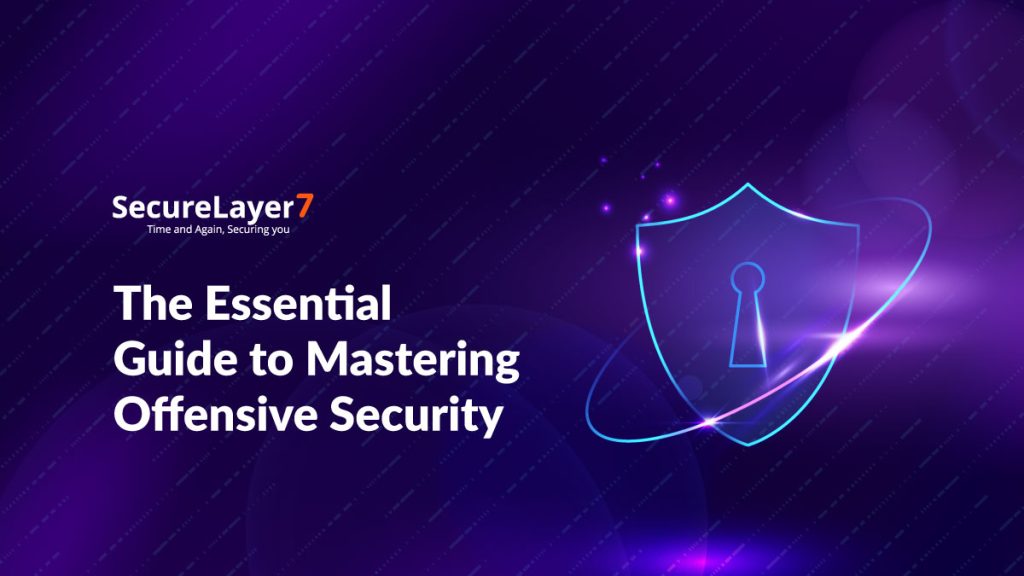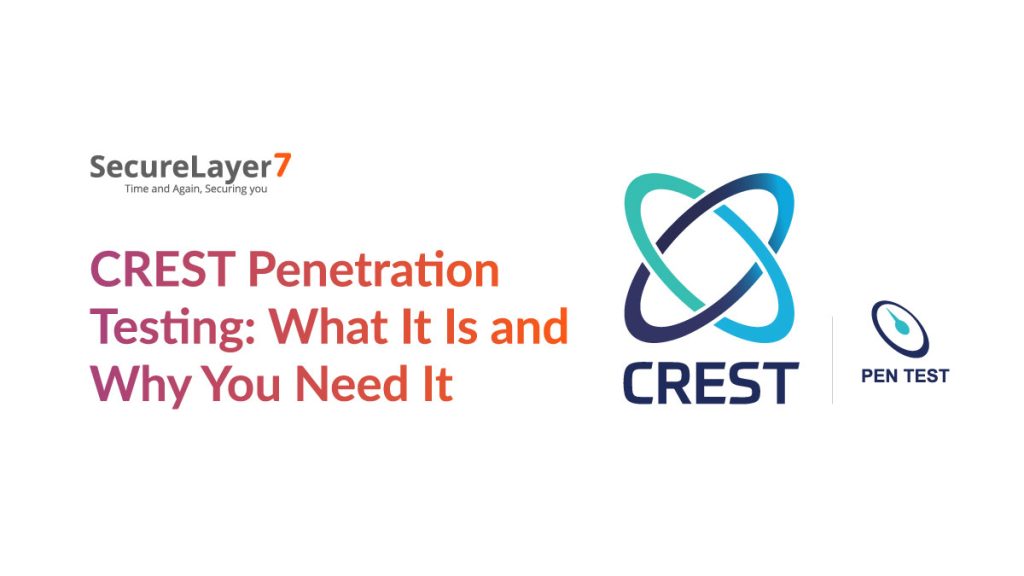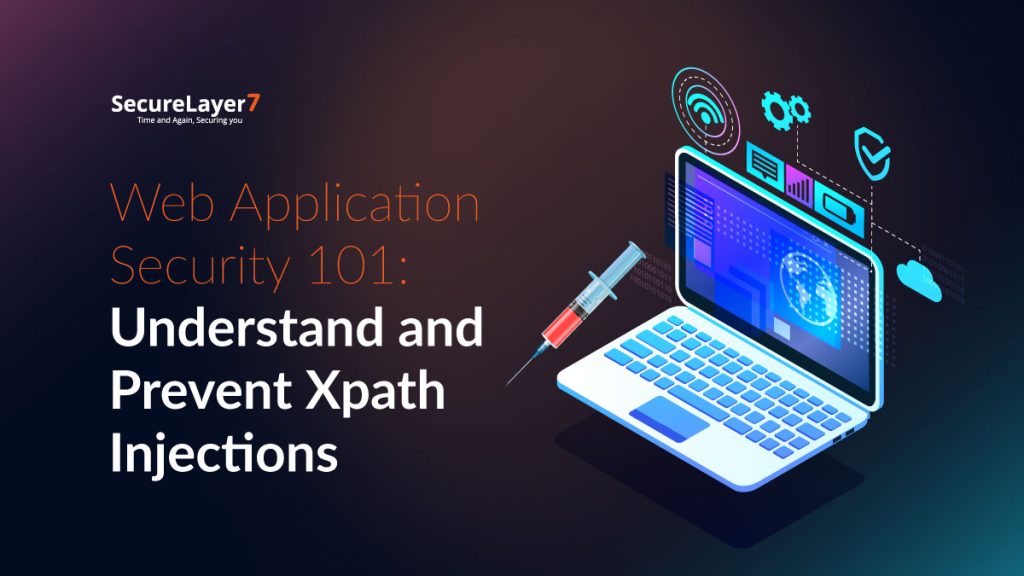
CREST Penetration Testing: What It Is and Why You Need It
April 17, 2024
The Essential Guide to Mastering Offensive Security
May 7, 2024
Conducting PCI penetration is critical to protecting data for companies in the business of issuing payment cards. According to a JP Morgan report, payment fraud losses have increased by three times since 2011 to 2023. Another report by MerchantSavvy confirms this trend. The report says that in 2023, 1800+ payment card data breach incidences were reported.
That is why they need to adhere to PCI DSS compliance, or Payment Cards Industry Data Security Standard to safeguard business-sensitive consumer data.
This guide will explore the critical elements of PCI DSS penetration testing and best practices and offer actionable tips for pen-testing strategy.
What is PCI DSS Compliance?
PCI DSS, or Payment Card Industry Data Security Standard, is a set of standards by the Payment Security Standards Council (PCI-SSC) to ensure safe payments worldwide.
These standards consist of a multi-layered set of requirements for businesses handling credit card information with the sole objective of protecting cardholder data. It includes a broad set of policies, procedures, network architecture, software design, and numerous other aspects of data security.
The PCI DSS standard has 12 requirements encompassing controls required with merchants, service providers, and vendors to protect consumers’ data. However, the PCI SSC doesn’t hold any legal authority to enforce compliance.
PCI DSS Compliance Requirements
Cardholders’ account data moves through various business systems, from transaction processing to customer relationship management (CRM). This data can easily spread across multiple systems, including transaction processing, CRM, and other critical departments such as customer support.
It is imperative to safeguard this environment to ensure data safety and compliance with PCI-DSS requirements. These standards have the necessary depth and breadth to prevent data breach incidents. Most security experts agree that PCI DSS standards are the best security practices in the industry.
Also, it is important to keep in mind that partial compliance is not enough to achieve PCI DSS compliance goals.
The PCI Security Standards Council (PCI SSC) has created six major goals for PCI DSS, and security requirements have been defined corresponding to each goal.
| Goals | Requirements |
| Build and maintain a secure network and systems | Requirement 1: Use specialized firewalls to protect LAN. Requirement 2: Avoid using vendor-side authentication data like PIN and passwords details. |
| Protect cardholder data | Requirement 3: Payment card providers adhering to PCI DSS should pay special attention to data stored, such as Social Security numbers, mobile numbers and email addresses. Requirement 4: The data transmission should be fully end-to-end encrypted. |
| Maintain a vulnerability management program. | Requirement 5: Protect all systems against malware and regularly update antivirus software or programs. Requirement 6: Develop and maintain secure systems and applications. |
| Implement strong access control measures | Requirement 7: Restrict access to cardholder data by businesses. Requirement 8: Proper access control mechanisms should be in place. Requirement 9: Restrict physical access to cardholder data. The data should be protected physically as well as electronically. |
| Regularly monitor and test networks | Requirement 10: Regularly monitor IT networks. For instance, antivirus and antispyware programs must be provided with most up-to-date definitions and signatures. Requirement 11: Continuously test IT network data security environment. |
| Maintain an information security policy | Requirement 12: A formal information security policy must be implemented by all involved stakeholders. For example, audits and penalties for noncompliance are necessary. |
PCI DSS Compliance Levels
PCI DSS compliance involves division into four merchant levels, depending on the volume of credit or debit card transactions a business processes yearly. This includes transactions carried out for both e-commerce and brick-and-mortar businesses. The four validation levels are enumerated as given below:
- Level 1: Organizations with over six million transactions annually belong to this category. Businesses operating at this level must pass a Qualified Security Assessor (QSA) test held each year. Additionally, they will be assessed by an Approved Scanning Vendor (ASV), which will conduct a quarterly network visibility scan.
- Level 2: Organizations that handle anywhere between 1 million and 6 million transactions annually belong to Level 2. Such organizations must complete an annual Self-Assessment Questionnaire (SAQ) and may also be required to conduct a quarterly network vulnerability scan.
- Level 3: Organizations that handle 20,000 to 1 million transactions annually are placed at this level. Level 2 businesses, like level 3 businesses, must complete an annual Self-Assessment Questionnaire (SAQ). Likewise, they might also be asked to submit to a quarterly network vulnerability scan.
- Level 4: Organizations that handle less than 20,000 transactions annually belong to this level. Like Level 2 and Level 3 organizations, Level 4 organizations must also complete an annual SAQ (Self-Assessment Questionnaire) and could be asked to deal with a quarterly network vulnerability scan.
What is PCI Penetration Testing
Let’s talk about why pentesting matters for PCI DSS compliance! Before that, let’s understand PCI penetration testing (or PCI pentesting, as it’s commonly called).
PCI Penetration testing involves scrutinizing developed or in-development applications to identify and signal security flaws. It is all about uncovering application security vulnerabilities and addressing the flaws appropriately.
Data security is a dynamic domain. New threats continuously emerge, regulations are ever-evolving, and the latest tools and technologies must be grasped. As such, it should not surprise that it is a daunting task for security teams.
Though PCI DSS has no legal authority to enforce compliance standards on the companies in the business of payment cards, PCI penetration testing is a key requirement of maintaining PCI DSS compliance. Noncompliance may result in unintended security consequences and may result in regulatory actions.
Importance of Penetration Testing in ensuring PCI DSS Compliance
Regular penetration tests hold a slew of benefits for organizations. A few important ones are:
- They help organizations remain in compliance with PCI DSS regulations.
- They provide vital insights into an organization’s security position.
- They assist firms in efficiently dealing with vulnerabilities before nefarious elements get a chance to exploit these weaknesses.
How PCI Penetration Testing Helps Businesses
While a penetration test by no means is a complete substitute for a comprehensive audit, it nevertheless can help a business properly evaluate the security of its applications or websites and determine prospective risks and potential issues.
Businesses mainly employ PCI compliant penetration testing to:

- Determines security threats
- Reduces the risk of cyber attacks
- Ensures adherence to all requisite industry standards
- Offers proof that all requisite industry standards have been adhered to
- Generates customer trust by adopting a security-conscious approach
PCI DSS Penetration Testing Requirements and Its Significance
PCI-DSS penetration testing plays a pivotal role in safeguarding payment systems. It aids in the detection, prevention, and mitigation of security vulnerabilities and helps pinpoint weaknesses and threats.
PCI pen testing is also an indispensable part of the overall compliance journey as it validates that deployed solutions are fully aligned with security standards and protective measures.
Furthermore, to ensure impartiality and technical proficiency, it is better if the pentesters to come from external third-party teams. This approach ensures testing is conducted with an independent mindset, free from any biases.
Here are the key PCI-DSS requirements ( 11.1-11.5):
- Implement appropriate security policies and processes to detect and identify all authorized and unauthorized wireless access points on a quarterly basis. Keep a record of the inventory of these WAPs regularly.
- Conduct quarterly internal and external network vulnerability scans and address the vulnerabilities detected.
- Develop and implement a methodology for penetration testing at least annually or after any upgrade or modification.
- Utilize intrusion prevention techniques to identify and prevent unauthorized network access.
- Develop and deploy a change detection process, including changes, additions, and deletions of critical system, configuration, or content files.
- Ensure that penetration testing security policies are correctly documented.
Who Needs PCI DSS Compliance Penetration Testing
Entities required to abide by PCI DSS (Payment Card Industry Data Security Standard) standards include merchants, service providers, and any other entity that stores, processes, or transmits cardholders’ data and handles payment card information – regardless of their size or industry.
Compliance with PCI DSS standards is obligatory for any business that accepts credit or debit card payments and aims to safeguard cardholder data while eliminating the risk of data breaches to the maximum extent possible.
Key Steps of PCI Penetration Testing

PCI penetration testing involves simulating a cyber attack on a system to detect hidden vulnerabilities that can compromise the security environment. Here are the key steps involved in PCI penetration testing:
1. Scoping: In this stage, pentesters audits your internal network to decide the scope of PCI DSS penetration testing requirement.
2. Discovery: Pentesters identify and your network assets within the discussed scope.
3. Evaluation: The network and applications are tested by using details gathered from the first step to find possible security vulnerabilities.
4. Reporting: Testers examine test results thoroughly; make a complete report on how they reached such results, provide details of clear methodologies to reach their findings. These findings are shared to all concerned stakeholders.
5. Retest: All procedures are retested at a certain frequency , at least quarterly.
Tools and Techniques Used in PCI DSS Penetration Testing
The PCI DSS penetration testing methodology is divided into three test types, that includes:
- Black-box tests mean that the penetration testers have no information about the testing environment before conducting the test.
- In a Gray-box penetration tests, the expert has only limited idea of the security environment.
- In a White box test, pentesters have significant knowledge about the target, such as application’s architecture, protocols, network schematics, IP addresses, source code, binaries, containers, and implementation methodology.
Which Type of Penetration Test is Best for Your Organization?
It is better to start PCI DSS penetration testing by selecting the type of penetration testing that aligns with security needs:
- Web applications or APIs: If your focus is on securing the attack surface of applications and APIs, use the Application Penetration Test.
- Infrastructure: You can opt for a network penetration test, including a Wireless network Penetration Test.
- People: If you want to check the security readiness of your employees, choose Social Engineering Tests.
Additionally, if your objective is PCI compliance, you must prioritize Network and Application Penetration Tests.
Why is SecureLayer7 a trusted PCI Penetration Testing Provider?
SecureLayer7 is a well-known and trusted PCI Penetration Testing Provider, distinguished for its meticulous approach to security testing.
- Expertise and experience: SecureLayer7 possesses extensive experience in conducting penetration testing for organizations of various sizes and industries, including 26+ Fortune 100 companies.
- Dedicated team: SecureLayer7’s penetration testers are certified professionals with the expertise to ensure every potential vulnerability is thoroughly identified and fixed.
- Proven track record: We have a proven track record of 12 years in PCI penetration testing.
- Industry Reputation: SecureLayer7 has received positive reviews from industry experts, such as Gartner. This speaks volume about our capability and reliability in safeguarding their systems and data from potential cyber threats.
Conclusion
On a final note, penetration testing holds significance not only for PCI DSS compliance but also for strengthening your overall security environment. Therefore, it is a smart move to proceed in this direction.
In case you are seeking a way to secure your security systems and want to strike PCI checklist, feel free to talk to our PCI penetration testing experts! We will be happy to help you.
Frequently Asked Questions (FAQs)
How often should I perform PCI Penetration Testing?
According to PCI DSS 4.0, penetration testing must be conducted at least once every 12 months.
How Can You Evaluate PCI DSS Penetration Testing Providers?
One may note not all penetration testing providers are same. Many companies claiming as a penetration testing actually do no more than run a vulnerability scan.
You need to ask the following questions:
- If they have the penetration tester worked with exactly your environment
- What certificates they have
- Whether there are satisfied customers, safety standards, and so on
- How long they have been doing penetration testing.
Reference Sources:
https://blog.pcisecuritystandards.org/at-a-glance-pci-dss-v4-0
https://www.gartner.com/en/information-technology/glossary/penetration-testing


